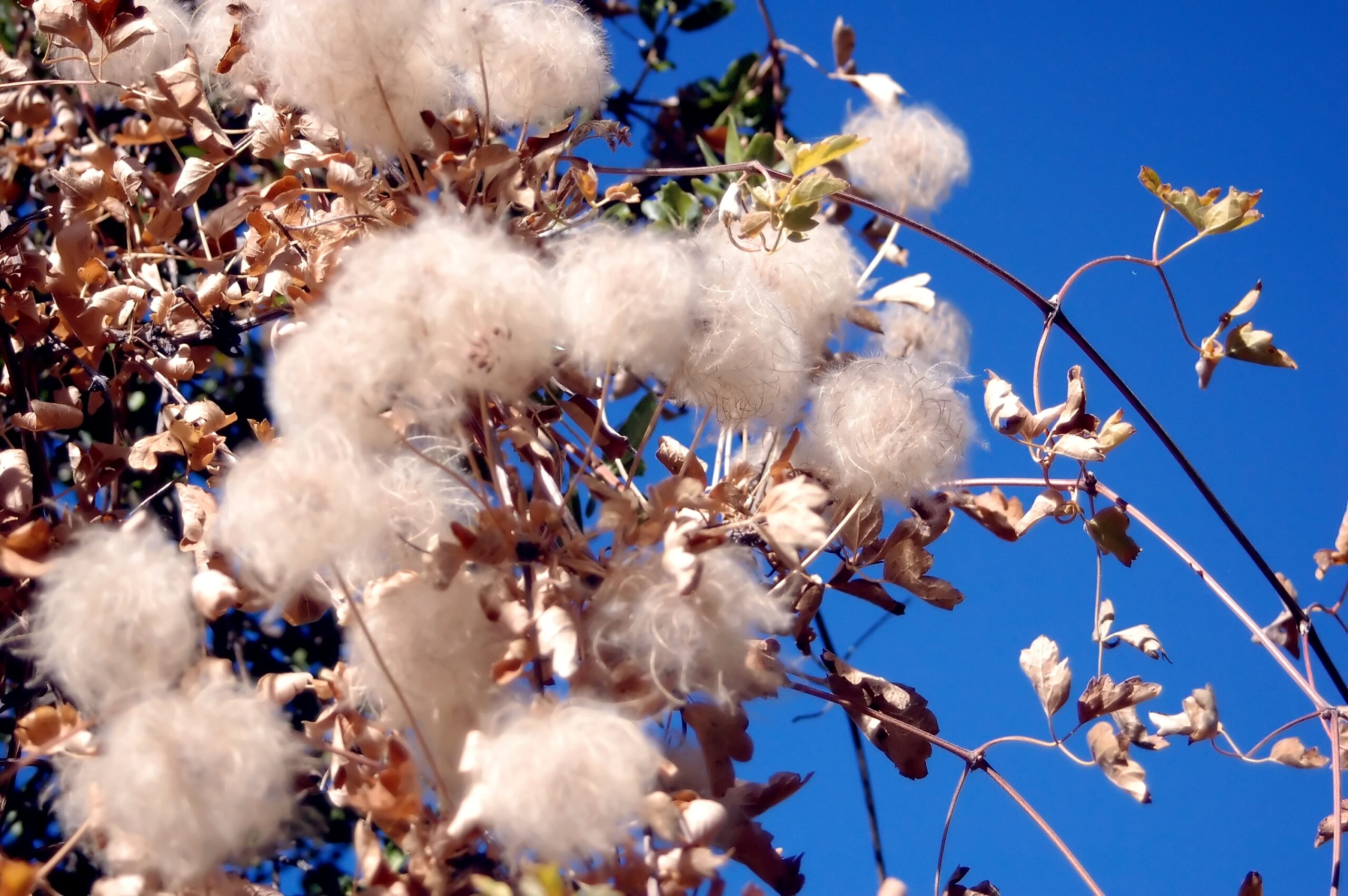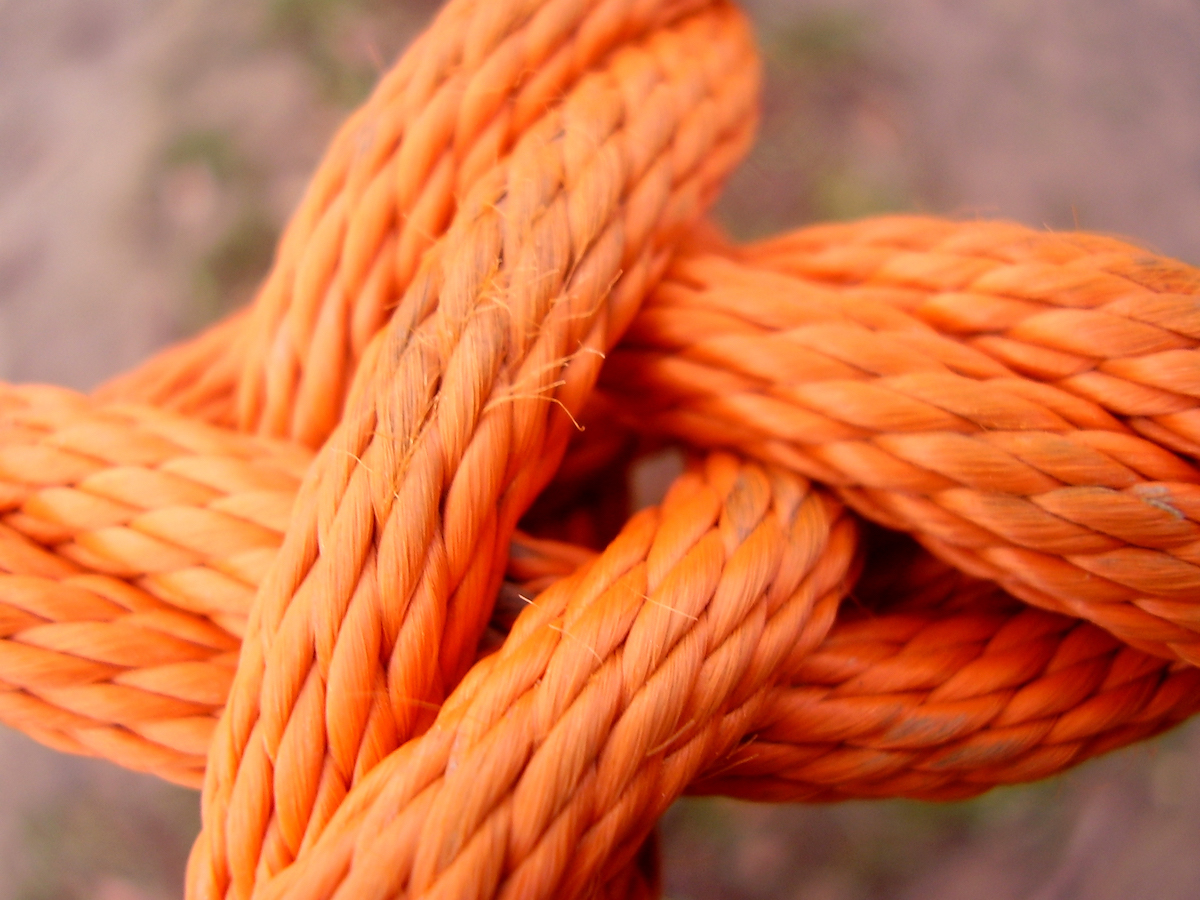This website uses cookies to ensure you get the best experience on our website. To read our full cookie policy please click here.
Natural v synthetic: the environmental impact of fabrics
Anything we make comes at a cost to the planet — even the simple process of growing a crop bound for fabric production can be damaging in itself.
Quite understandably, if a product sounds natural, our first assumption is that it is better for the planet than something synthetic that has been produced using chemicals and fossil fuels.
But a natural fabric can take from the environment during production — whether that’s water, pesticides and fertilisers to maximise growth or because it leaves the soil sucked of nutrients. While a man-made fabric can be produced from recycled material using a closed-loop system and sustainable energy.
So to understand a bit more about the environmental and social impact of our clothes, EcoSki thought we’d delve into what it takes to create different fibres and how we can shop and wear wisely.
COTTON

Positives: natural, vegan, fully biodegradable
Negatives: high water consumption, soil degradation, pollution, unethical
Shock facts about cotton: often dubbed “the world’s dirtiest crop” 2,700 litres of water goes in to making just one cotton t-shirt. Yes, really. Cotton production also uses more pesticides and insecticides than any other single major crop (it is responsible for 16% of insecticides and 6% of all pesticides used globally each year). It is also unethical. Cotton farmers and their families are not only poorly paid but regularly suffer pesticide poisoning which causes everything from cancer and miscarriage to increased suicide rate (read more here from the Pesticide Action Network).
How to lessen the impact: Choose sustainable, ethical and organic cotton, grown with a lower impact on the environment and the cotton farmers. Just be aware of the hazards of different dying processes (see bottom). Read more here about organic cotton from the The Soil Association.
NYLON

Positives: Strong, stretchy and durable. Can be recycled (at a cost)
Negatives: Made from fossil fuels (coal and petroleum), creates greenhouse gases, will never biodegrade, water- and energy-hungry production process. Sheds microplastics
Shock facts about nylon: This was the first fabric ever to be made entirely in a laboratory — trailblazing for the likes of polyester and lycra. Nylon is essentially plastic, derived from crude oil that is put through an intense chemical process, producing nitrous oxide, a greenhouse gas with 300 times the potency of carbon dioxide. The production of nylon requires high levels of water and energy and while nylon can be recycled, this comes at an energy and water cost.
How to lessen the impact: Choose a nylon made from recycled plastics, using sustainably-sourced energy in a closed-loop system (meaning the water and chemicals used in production are kept within the factory and either treated or reused). Wash as little as possible, usinga Guppyfriend wash bag and recycle at end of use.
POLYESTER

Positives: washable, long-lasting, hardy, uses much less water than cotton production
Negatives: Manufactured from fossil fuels (coal, air, water and petroleum products), not biodegradable, not easily recyclable (yet), can shed microfibres
Shock facts about Polyester (PET): PET is basically plastic, and will take hundreds of years to degrade — and before that it will shed tiny microfibres (one polyester fleece can shed more than 1900 fibres per wash) that end up in our soil, drinking water and even in the snow that falls on the most remote mountains on earth. Poor-quality polyester (the stuff used in fast fashion and cheap fancy dress outfits) will shed even more microplastics.
How to lessen the impact: Choose rPET (recycled polyester) made from anything from plastic drinking bottles to marine waste. One extra-large t-shirt can be created from around 19 PET bottles that would otherwise have been sent to landfill or incinerated. Choosing a fully-recycled polyester garment can reduce the carbon footprint by more than 20% (read more here about rPET here from WRAP, the Waste and Resources Action Programme) however, while rPET is made from recycled plastic, it is not easily recyclable yet. With PET, wash it less, wear it for longer and resell once you’ve finished with the it.
WOOL

Positives: biodegradable, recyclable, uses 70% less water than cotton, odour-resistant
Negatives: Production contributes to greenhouse gas emissions (methan), pollution, requires a lot of land
Shock facts about wool: There are still some unethical practices in sheep farming — including winter lambing, tail docking and museling, the practice of removing skin from the sheep’s hind leg to prevent flies from laying eggs in the skin, often done without painkillers.
How to lessen the impact: choose wool from only ethical brands, such as Icebreaker and Smartwool, who take great care to source from farmers who use high welfare and environmentally-friendly practices to comply with the likes of the Responsible Wool and ZQ Merino Standards. While a bale of wool needs an incredible 367 times more land than cotton to produce, sheep farming doesn’t always have to be intense — sheep will graze areas that other animals can’t reach, such as cliff faces and high hills. Of course, buying pre-loved and recycled wool is even better.
BAMBOO

Positives: requires no fertiliser or pesticides, bamboo self-generates and releases 35% more oxygen into the air than trees of the same size
Negatives: questions over the ethical use of labour; harsh chemicals used in processing
Shock facts about bamboo: Production of the softer type of bamboo — bamboo rayon that is used in base layers and underwear — is produced using the “viscose process”, essentially dissolving the raw product in a chemical solution (such as caustic soda and carbon disulfide). Much of the bamboo used in textiles is grown in China, a country that releases very little information about its production, either the environment and the social impact.
How to lessen the impact: Choose brands that pick their manufacturers carefully, ensuring both the people and the planet are protected during production. The chemicals used to create bamboo viscose/rayon do not need to be dumped but can instead be kept within the factory and either treated or reused — called a “closed loop system”.
SILK

Positives: Warm, breathable, biodegradable. Naturally produced with few pesticides and fertilisers, using less energy and water than cotton
Negatives: Fossil fuels used in reeling and processing. Animal welfare and ethical production concerns
Shock facts about silk: Silkworm eggs are soaked in chemicals to hasten hatching and then killed after their pupating period (when they produce a filament designed to form a cocoon that is turned into silk). Animal rights organisation PETA claims that some 6,600 silkworms are killed for every kilo of silk produced. The majority of silk is produced in China and India, where concerns over low-income farming and child labour abound.
How to lessen the impact: Choose ethically, responsibly produced “peace silk” (Ahimsa silk), spider silk or other vegan alternatives.
THE DYEING PROCESS
While you can choose a sustainable fibre, the dyeing process is one of the most energy-intensive parts of clothing production. Dyeing fabric is often chemical-heavy, uses enormous amounts of water and causes heavy metal contamination. The fashion industry is estimated to be responsible for 20% of the world’s water pollution, and while dyeing clothes the industry uses about 93 billion cubic metres of water every year — that is 37 million Olympic swimming pools. Put more simply — one single pair of jeans can use 7,500 litres of water from growing the cotton to multiple dunking in synthetic indigo dye.
How to lessen the impact: choose a brand that uses eco-friendly alternatives to dyeing clothes. There are plant- and algae-based bio dyes, dyes obtained as by-products of things like molasses; processes that recycle the waste water such as Avitera SE dyeing solution, used by Picture Organic, a process that uses 50% less water and energy, 7% less salt and ensures rapid take-up of dye.
BEWARE THE FINISH
While much has been made about the nasty chemicals used in water-proofing garments, did you know that garments that have stain-resistant, shrink-resistant and anti-pilling “finishes” have actually been treated with chemicals? So even if you buy a woollen mid-layer believing it to be a better choice for the environment, it could have been chemically treated to make it more “appealing” to the end user.
Have you read EcoSki’s guide to the latest innovative, bio-sourced and eco-friendly fibres?

